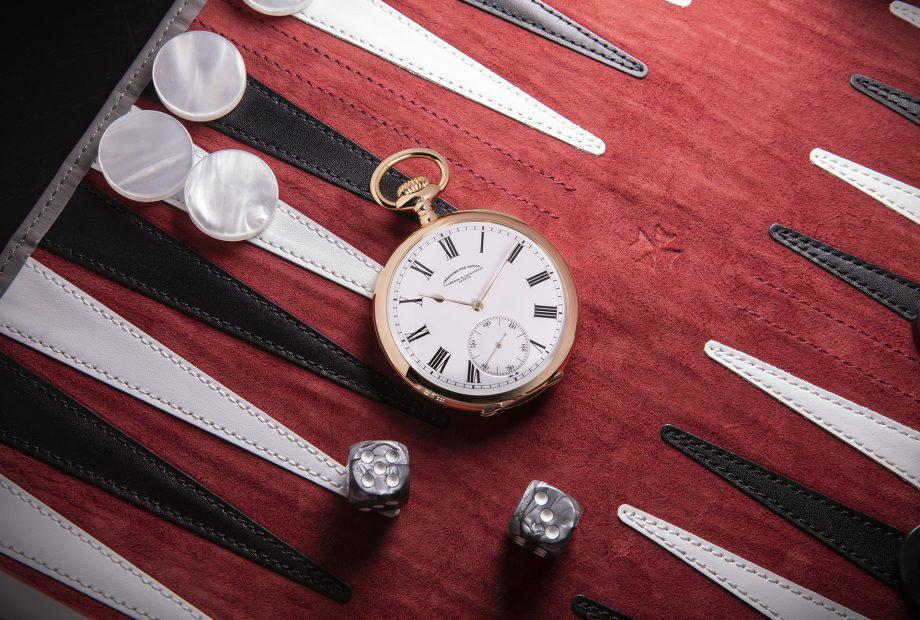The words “second-hand” and “luxury” in the same sentence no longer surprise anyone. What may be more surprising is the surge in demand for pre-owned luxury goods: 62% of respondents in a 2020 survey by Boston Consulting Group (BCG) with Altagamma said they would consider buying a second-hand luxury item while 25% indicated they had already purchased a luxury item second-hand in the past year. Sign of the times, at end September BCG published the first in-depth study of the question. The Secondhand Opportunity in Hard Luxury reports that “the global luxury market has a fast-growing new base of consumers: second-hand buyers. Our analysis shows that the market for second-hand hard luxury items - primarily watches and jewellery - is worth about €21 billion worldwide and growing at 8% a year, faster than the luxury industry overall. Moreover, this market is still in the early stages.”
A European trend
The BCG survey presents key insights into the market and its segmentation. First off, watches account for 75% of the €21 billion, with jewellery making up the remaining 25%. Slightly more than half of sales (55%) are made at brick-and-mortar stores, ahead of online channels (35%) and auction houses (10%). As for regions, Europe is clearly ahead (50%), followed by the United States (25%) then China (10%). Critically, BCG has found that “second-hand sales do not reduce the purchase of new products.” In fact with the right approach, sales of second-hand luxury items can reinforce a brand’s value and give access to future consumers.
